Stretch marks can feel like a mystery—some people barely stretch and get them, others gain or grow more and don’t. If you’ve ever wondered why, the answer may be in your genes. Understanding how your genetics, skin type, and family history affect your stretch mark risk can help you take control of your skin health before they appear.
Let’s break it down.
What Causes Stretch Marks?
Stretch marks (also known as striae) happen when the skin stretches faster than it can repair itself. This leads to tiny tears in the dermis, the middle layer of your skin, which later heal as visible marks. While rapid growth, pregnancy, or weight changes often get the blame, research shows there’s more to the story—especially genetic and structural factors in the skin.
The Role of Genetics: Are Stretch Marks Hereditary?
If your mom, siblings, or relatives have stretch marks, you’re statistically more likely to get them, too. Multiple studies support a strong familial link to stretch mark risk, especially in pregnant women and adolescents (Diehl, 2021), (Abualola et al., 2024).
In fact, up to 75% of people with stretch marks have a family history. That means even with proper hydration or a healthy pregnancy, your genetics might still predispose you.
Skin Type & Structure: Why Your Collagen and Elastin Matter
Researchers have found that people with fewer or weaker collagen and elastin fibers—the proteins that give skin strength and stretch—are more vulnerable to dermal tearing (Mitts et al., 2005). Even in skin that appears healthy, there may be a "dormant" behavior in fibroblasts (the cells responsible for producing these fibers).
Simply put: if your skin’s foundation is genetically weaker, it may not withstand stretching as easily—even if it looks smooth and firm.
Ethnicity, Pigment, and Stretch Mark Appearance
Some skin types are more likely to develop stretch marks—or show them more visibly. For example, people with darker skin tones may be more prone to hyperpigmented or raised marks (Diehl, 2021), while lighter skin tones often develop pink or red striae. This doesn't mean certain groups are more "at risk," but appearance and scar behavior may differ based on melanin levels and collagen patterns.
Risk Factors Amplified by Genetics
In addition to your DNA, certain life stages or habits can tip the scale:
-
Puberty and teenage growth spurts
-
Pregnancy (especially multiples or large weight gain)
-
Rapid muscle building or weight fluctuations
-
High BMI or obesity
-
Certain medications (like steroids)
If you're genetically predisposed, these lifestyle factors can speed up stretch mark formation significantly (Osman et al., 2007).
What You Can Do: Early, Preventive Skin Support
If you know you’re at high risk for stretch marks due to your family history or skin type, proactive care is your best defense.
Rejuvaskin’s Stretch Mark Cream is designed specifically for high-risk skin types, offering a blend of botanicals and peptides that support collagen health, improve skin elasticity, and soothe inflammation. It’s:
-
Safe during pregnancy
-
Gentle for sensitive skin
-
Made without parabens, phthalates, or irritants
Regular use during growth phases—like puberty or pregnancy—can reduce the severity and depth of stretch marks or help prevent them from forming altogether.
Your Skin Story Isn’t Set in Stone
While you can’t change your genetics, you can choose how you care for your skin. By understanding your unique risk factors and supporting your skin early with science-backed ingredients, you give it the best chance to stretch without scarring.
If stretch marks run in your family, Rejuvaskin is here to help you break the cycle.
Works Cited
-
Diehl, C. (2021). Stretch marks: a review. Ukrainian Journal of Dermatology, Venerology, Cosmetology. link
-
Mitts, T., Jimenez, F., & Hinek, A. (2005). Skin biopsy analysis reveals predisposition to stretch mark formation. Aesthetic Surgery Journal, 25(6), 593-600. link
-
Abualola, A. H., et al. (2024). Perception of stretch marks risk factors among adults in Saudi Arabia. International Journal of Medicine in Developing Countries. link
-
Osman, H., Rubeiz, N., Tamim, H., & Nassar, A. H. (2007). Risk factors for the development of striae gravidarum. Obstetrical & Gynecological Survey, 62, 360-361. link
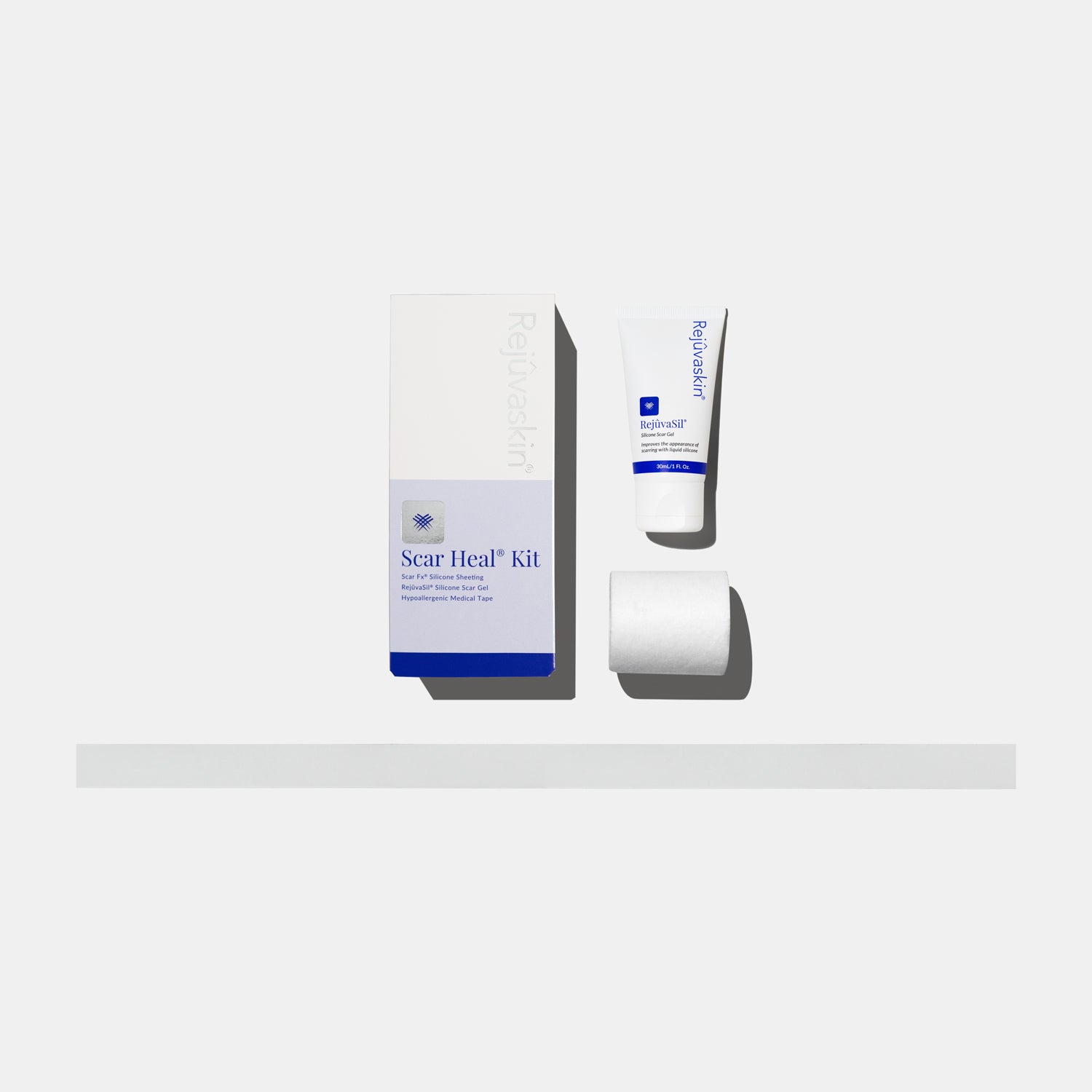



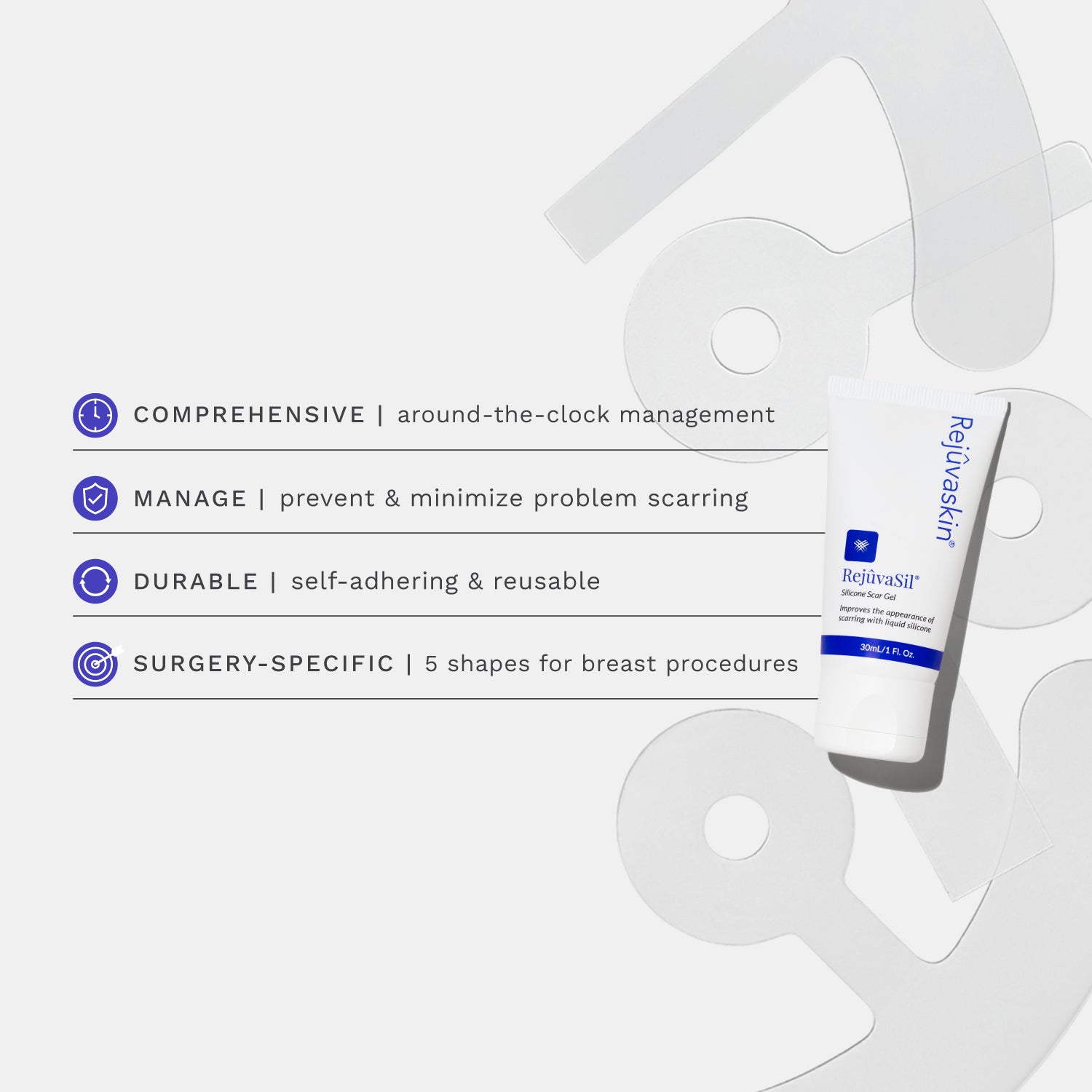

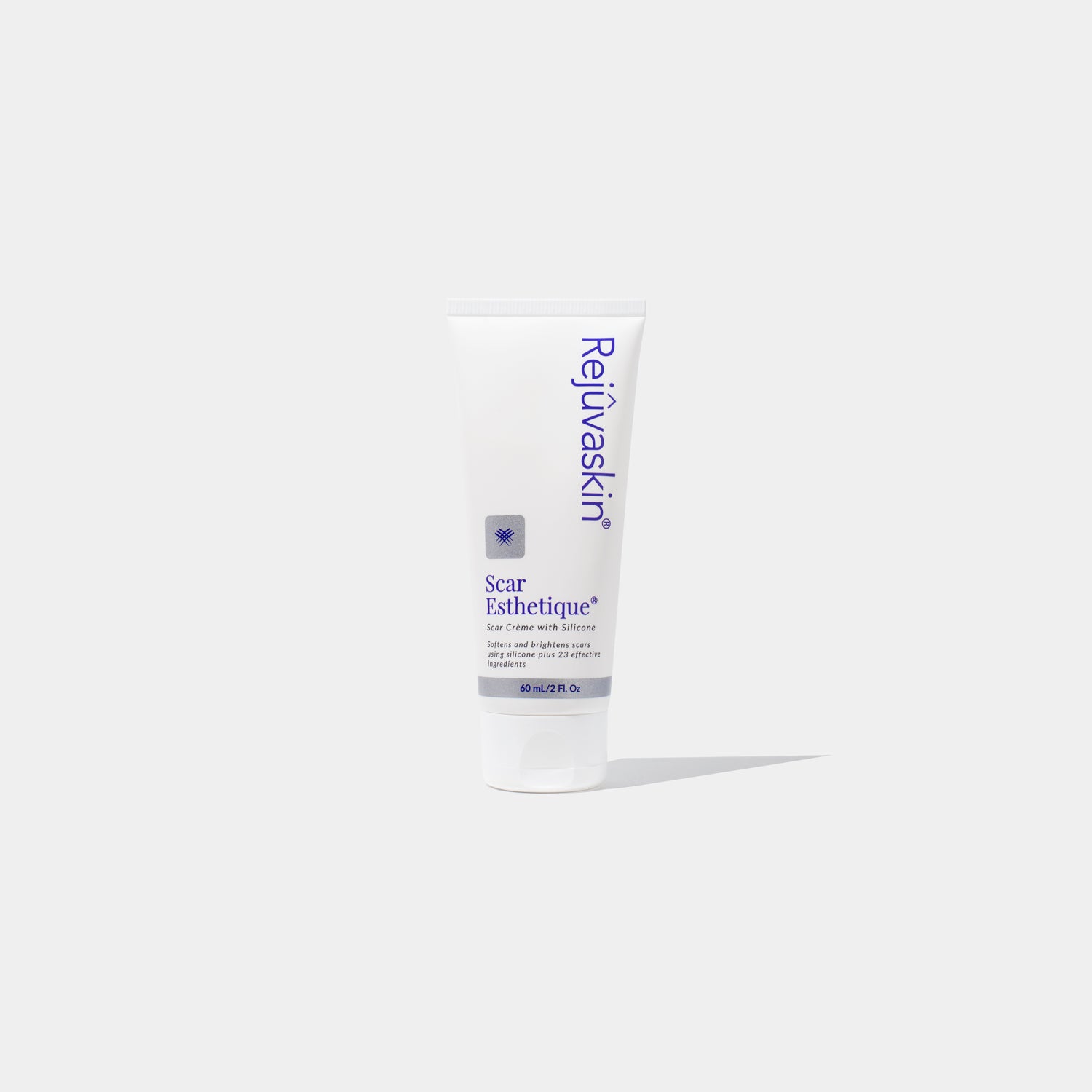
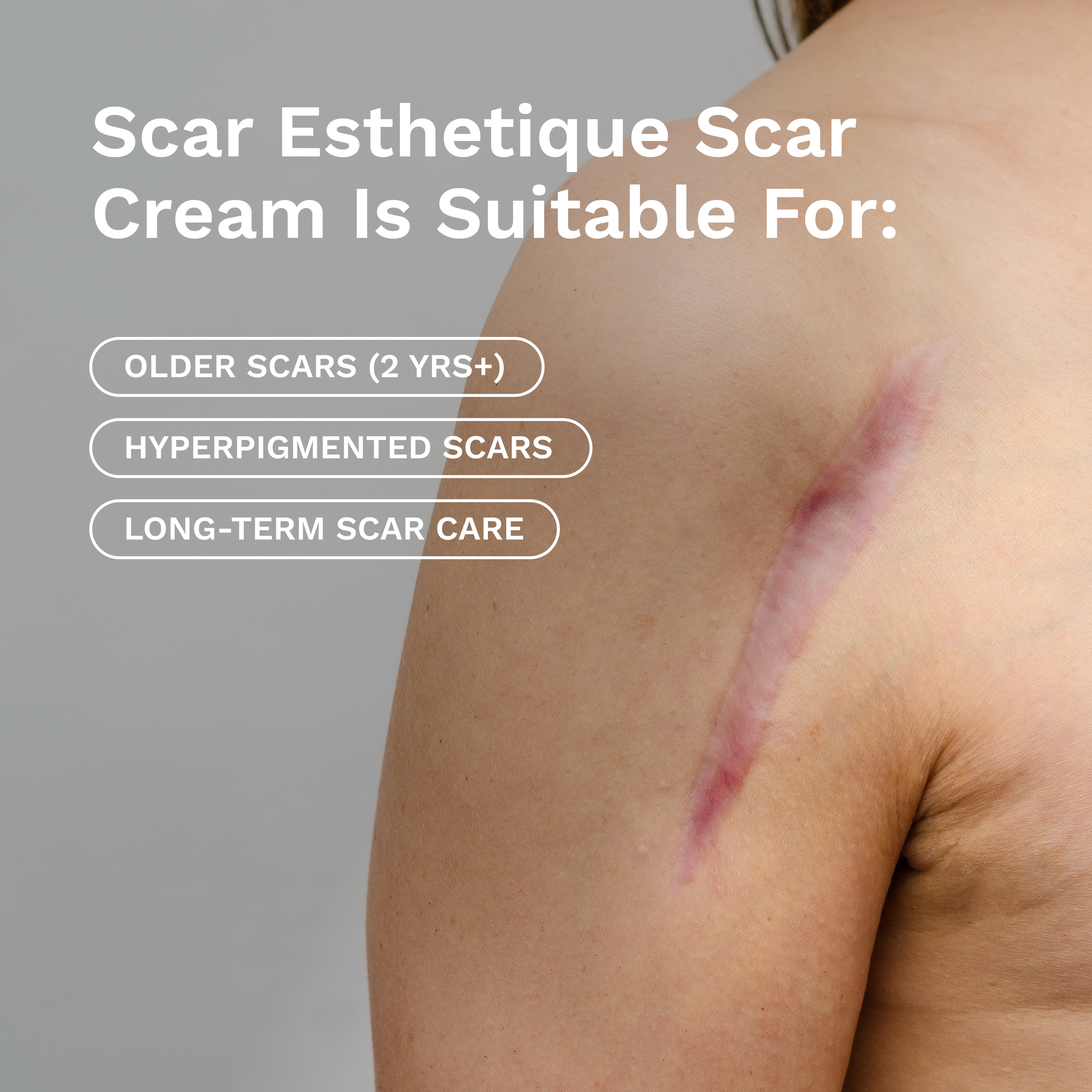








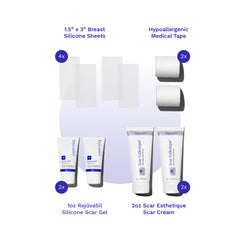
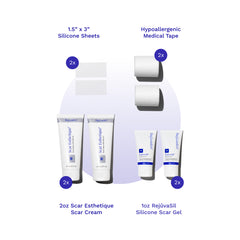

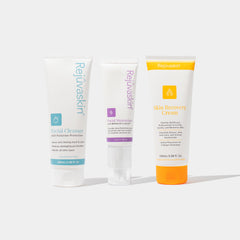

Leave a comment